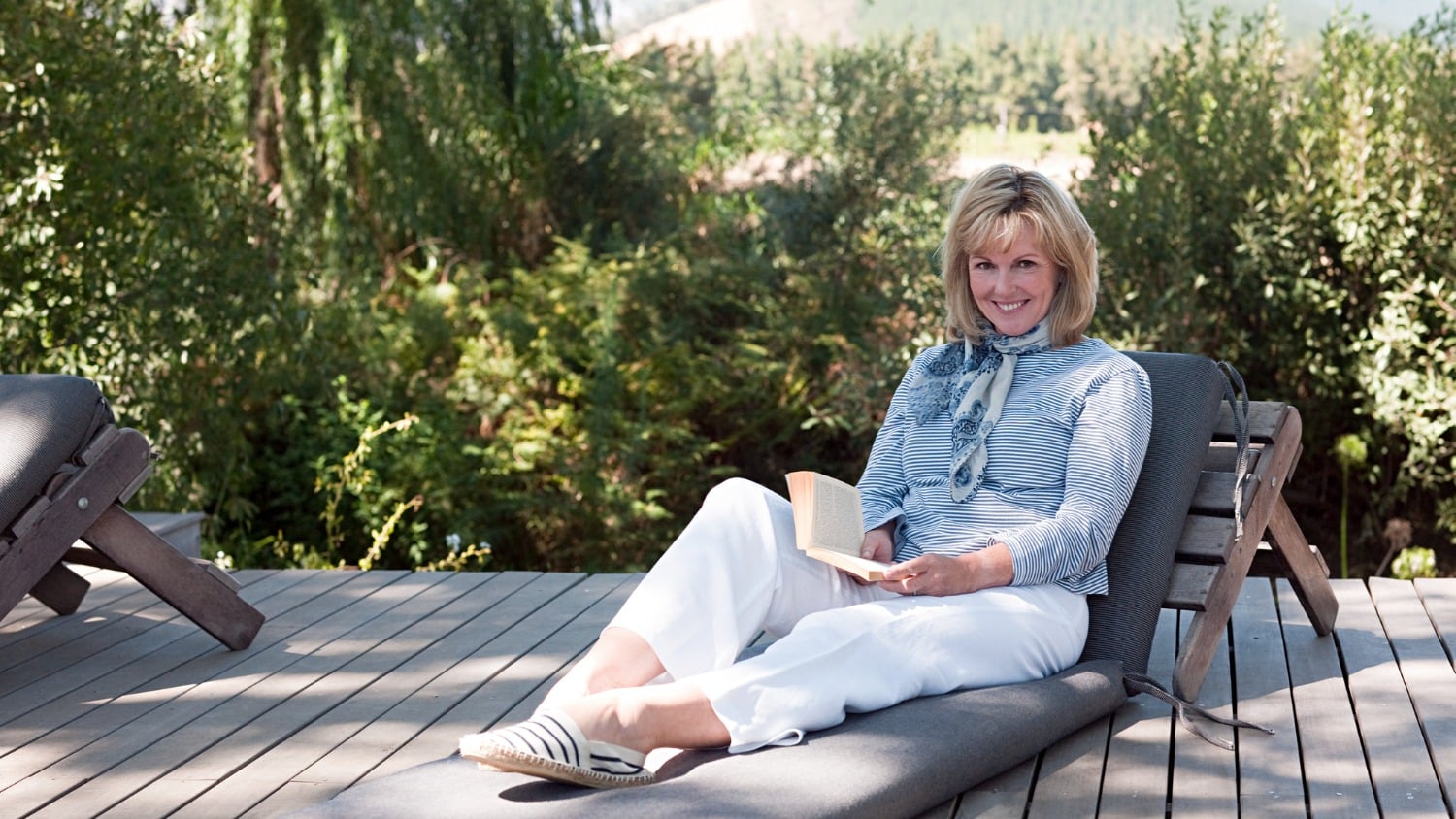
Second Home: Fractional Ownership In Depth
As noted in my previous Sixty and Me blog, fractional ownership (FO) is a newer (and increasingly popular) way to afford a second home.
In an FO arrangement, a buyer purchases one or more shares, representing a percentage of the ownership, thereby entitling them to use the property each year for a time equal to that percentage.
At first glance, it’s easy to confuse an FO property with a timeshare, but the two are very different legally and in practice. In this blog, I’ll cover more details about fractional second home ownership, including a case study based on actual fractional owners.
How Is FO Different from a Timeshare?
Unlike a timeshare “owner,” a fractional owner has title to a tangible asset that can be bought, sold or inherited like any other real estate. It can also increase or decrease in value over time. In contrast, the most common types of timeshare entitle the buyer to a certain amount of time in the property and a little more.
This can pose a dilemma for contract holders who no longer want their timeshare since they are notoriously difficult to sell. This sad fact has spawned a wave of companies exclusively formed to help assist people get out of their timeshare contracts.
The Mechanics of Fractional Ownership
The most common types of FO arrangements involve companies that either purchase existing properties or develop them from the ground up. A limited liability company (LLC) is created for each property, and shares of the LLC are marketed. Each share signifies the number of days/weeks annually the share owner can use the property.
For example, if there are 10 shares, each owner is entitled to five weeks per year at the property. (Maintenance typically accounts for two weeks annually.) Owners who want more weeks can usually buy additional shares.
Once the shares are sold, the co-owners must collaborate on the property’s ongoing upkeep, which commonly includes utility bills, repairs, and all other expenses. They must also agree on rules governing the property’s use. Examples are:
- Will pets be allowed?
- What items can and cannot be left in storage areas?
- How will disputes be resolved if co-owners disagree?
- When a co-owner sells their share(s), what involvement do the other owners have?
Co-owners must also agree on the process for allocating the days to which each owner is entitled. This may be as simple as each owner having the same weeks every year without change. However, many FO co-owners prefer more flexibility, so all parties must agree on a system to get everyone’s dates on the calendar each year.
In most cases, the co-owners will hold an annual meeting to decide outstanding issues and maintain ongoing communications for any concerns that emerge during the year.
The Value of a Property Manager
Some FO co-owners prefer to handle all the ownership responsibilities directly. While this can save money, it can also be a headache. Keeping all these tasks coordinated between multiple owners can feel overwhelming. For this reason, many co-owners agree to pay for a property manager.
A property manager may handle most operational tasks, including:
- Run the time allocation system.
- Enforce property use rules.
- Handle interior and exterior building maintenance.
- Maintain insurance on buildings and contents.
- Clean the property between owner visits.
- Pay for utilities like electricity, water, gas, telephone, internet, and satellite.
- Handle legal, property tax and accounting tasks.
- Clean, maintain, and store communal amenities like kayaks, bikes, fire pits, etc.
- Oversee funds slated for future improvements and refurbishments.
- Participate in the annual meeting with the co-owners.
A Fractional Ownership Case Study
A couple from the Toronto, Canada, metropolitan area was interested in owning a lakeside cottage in their province of Ontario but found suitable properties out of their price range. They were also looking for a low-maintenance alternative so they could focus on relaxing rather than property upkeep during their stays.
After talking to a friend about fractional ownership options, they researched the topic and found a cottage in a seven-home development about two hours away. The property had 10 owners, and one was selling their share. The couple purchased the share, which entitled them to five weeks per year at the cottage, one in each season plus a “floating” week.
They fell in love with the place, especially the convenience factor. However, the convenience came at a price, namely a $3000 annual owner’s fee. Yet, they felt it was a good value. “We pay that one-time thing, and we know everything’s covered within that,” they said.
There are other tradeoffs. “You can’t just go whenever you feel like going to the cottage,” they said.
Another complication of fractional ownership is coordination with the other owners. However, they found that people tend to be cooperative.
Overall, the couple felt very positive about their fractional ownership experience. As for advice for anyone considering this type of second home, they advised, “Be flexible,” and added, “that’s very important because at the end of the day, you are only a tenth owner. But for us, we found that it was just such a convenience thing. We know our five weeks, we show up, we don’t have to worry. So we’re pretty much 100% happy with this decision for fractional ownership and I think it’s a great concept for people like us.”
Let’s Have a Conversation:
Would you consider owning a fraction of a second home and using the facility for your allotted time each year? What would be the pros and cons for you? Where would you consider owning such a place?






